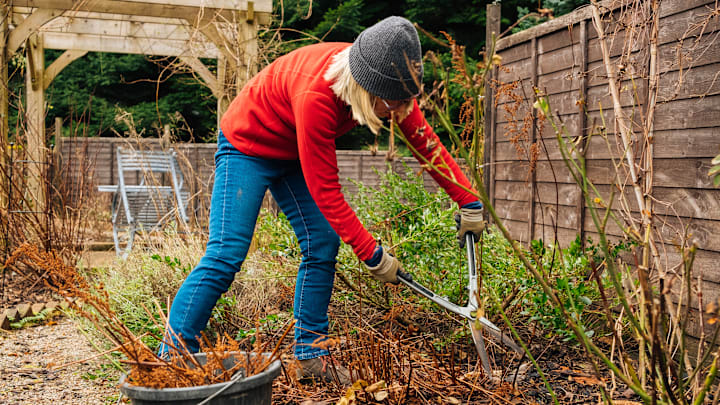As autumn winds down and temperatures begin to dip, gardeners face the challenge of preparing their plots for the months ahead. Winterizing isn’t just about keeping plants alive; it’s about setting the stage for a healthy, thriving garden once spring returns. Freezing temperatures and shifting soil can put stress on root systems, drain nutrients, and create openings for pests to move in. Without some preparation, you may find yourself starting from scratch come planting season.
Timing matters: Most experts recommend tackling winter prep shortly before the first hard frost. This ensures plants and soil are protected just as the growing season officially ends. It’s also important to remember that winterizing benefits more than just vegetables. Some perennials, shrubs, and ornamental plants need protection from fluctuating temperatures and heavy snow. Even garden tools and irrigation systems require attention, since frozen hoses and rusted pruners can make spring chores harder and more expensive.
Thankfully, the process doesn’t have to be complicated. And while the specific steps may vary by region—gardeners in colder northern zones face different challenges than those in milder southern climates—the basic principles remain the same. Here are some simple, effective ways to winterize your garden.
- Clear out debris and spent plants.
- Mulch after the first hard freeze.
- Hold off on fertilizing and heavy pruning.
- Refresh the soil with compost or cover crops.
- Protect tools and irrigation systems.
Clear out debris and spent plants.
Removing summer crops, weeds, and diseased plants keeps pests and pathogens from overwintering in your beds. Healthy debris can go into the compost pile, but infected material should be discarded to avoid spreading disease.
Mulch after the first hard freeze.
A 2- to 4-inch layer of straw, pine needles, or bark chips around plants insulates their roots and prevents the soil from repeatedly freezing and thawing. Mulching helps protect the plants in your garden from temperature swings.
You Might Also Like ...
- 10 Easy-to-Grow Plants for First-Time Gardeners
- How Often Should You Water Your Garden?
- 7 Tips for Growing a Native Plant Garden
Add Mental Floss as a preferred news source!
Hold off on fertilizing and heavy pruning.
Adding fertilizer or pruning in the fall encourages tender new growth that won’t survive the cold. Instead, wait until spring for major pruning, but do remove weak or damaged branches that could break under snow or ice.
Refresh the soil with compost or cover crops.
Fall is the perfect time to enrich the soil by adding compost, manure, or planting cover crops like rye, clover, or vetch. These steps improve fertility, prevent erosion, and prepare your beds for spring.
Protect tools and irrigation systems.
Garden care doesn’t stop with the plants—hoses, pruners, and containers need winter protection, too. Drain and store hoses, clean and oil tools to prevent rust, and empty outdoor containers so they won’t crack in the cold.
